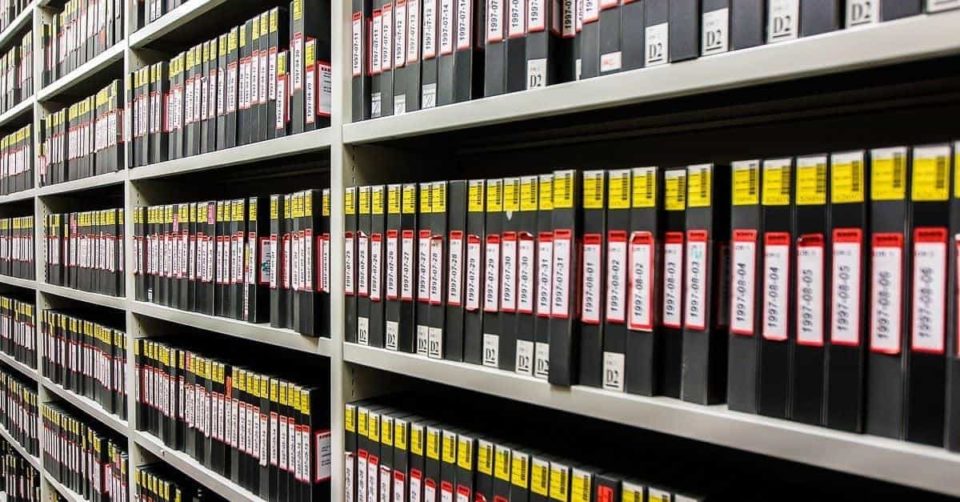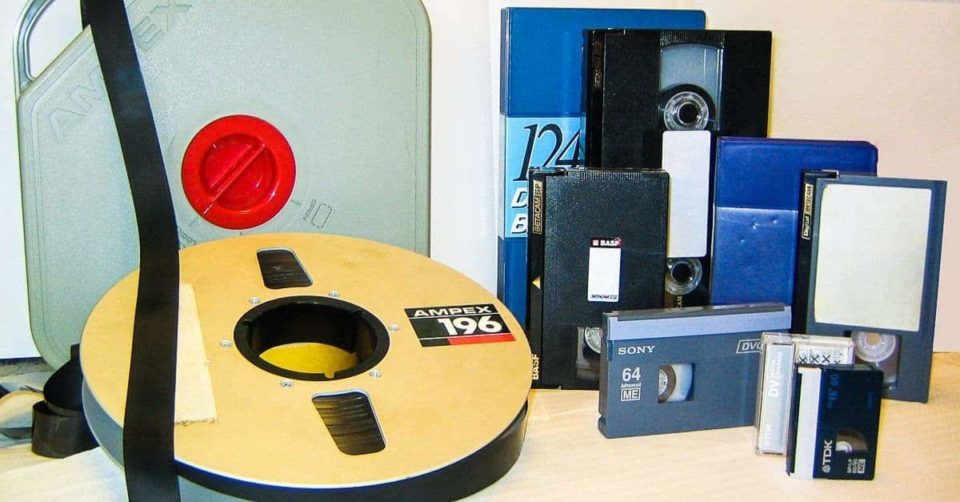
Now is the time to start digitising all your video or audio tapes.
Why?
The Australian National Film and Sound Archive made the year 2025 a hard deadline for transferring magnetic tape to digital. After 2025 many factors compound to make digitisation practically impossible:
- Obsolesce – equipment to play tapes no longer made or repairable
- Experience – people with the knowledge to operate equipment retired
- Tape deterioration – tape has a limited life span
- Supply and demand – costs increase as more businesses and consumers need tapes digitised
- Procrastination – as businesses and consumers consider ROI the costs increase
- Worse for business – due to larger scale
Should You Outsource?
There are many services available worldwide who can digitise your video. My advice is to ask a friend or business similar to yours who they recommend. Some operators literally work out of their living room, while others ship tapes overseas.
Outsourcing is easier for the individual who is not technically minded and time poor. It does come at a price:
- Higher costs – you get what you pay for, don’t skimp
- Possible loss of tapes – while off site or in the mail
- Quality may not be sufficient – test before digitising large quantities
- Trust – who is the business doing the digitisation
- Privacy – access to personal and business sensitive information
DIY
Another option for large scale tape digitisation is to create a (temporary) digitisation department or do it yourself. The benefits are:
- Control – over quality, costs and time
- On site – security
- Lower costs – do it in your own time or employ staff
- No risk of loss – tapes don’t leave your premises
Of course there are costs if you DIY:
- Time – it will take longer, depends on what your time is worth
- Technical – there is a learning curve
- Set up cost – if you don’t have all the equipment
That last point is evidenced by the escalating price of used video cameras and players. Obsolete 8mm video cameras now cost more than HD video cameras. That cost will only increase with demand as 2025 approaches.

What I Did
Personally I went DIY because as a video professional I’m technically proficient and a control freak when it comes to quality, privacy and risk minimisation. I used my own video equipment and a simple program called LifeFlix (no affiliation) developed by the founder of professional video software company Red Giant.
Not The End
Remember to have a solid back up strategy for the video and audio as you would with your born digital video and images. Eventually all that audio visual content will need to be migrated to new media and formats. However it will be far easier than digitising tape!
Once your video tapes are digitised you can breathe a sigh of relief. Businesses can more easily monetise their video and audio archive. Your personal videos can now be shared with family, friends and passed on to future generations.
If you know a good video tape transfer service please share it on LinkedIn.